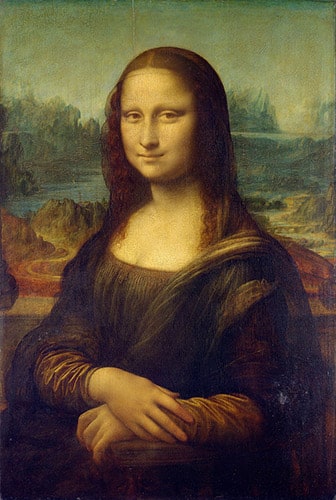The study of great works of classical art has helped me as a plastic surgeon. Artists are one step ahead of the rest of humanity in their understanding of what makes a face beautiful. When I travel to a city for a plastic surgery meeting, I often bring home as much new insight from a visit to the art museum as I do from the technical presentations of the scientific panels at the meeting.
Sculptures and paintings created at the high point of a culture are particularly rich in meaning. Often the artist seems to convey a spiritual or philosophical message in the beautiful faces that he or she creates.
Patients who come to me for facial aesthetic surgery often tell me that they feel there has been a change in their smile. As the face loses volume and structures descend, the baseline posture of the face may change from a look of contentment to that of sadness or even anger. Restoring facial volume, softening the action of certain frown muscles, and adjusting the tone of the facial structures can help to restore the face to a position of harmony.
I like to study pictures of my patients taken at different times during their lives as it helps me to understand the optimum appearance for each individual. I also carry in my mind’s eye certain images that come from my study of classical sculpture, since these help to point me in the right direction.

Head of a Woman, 1st quarter of the 5th century b.c. – Greek Terracotta, The Metropolitan Museum of Art
Two periods of great sculpture widely separated by time and geography have been very helpful to me. The first is the period of Classical Greek sculpture between 650 and 480 BC where the faces were portrayed with a smile that suggests to me inner peace, contentment, and energy. Scholars refer to this as the archaic smile, and historians and poets have devoted great energy to understand its meaning. The second is the period of Angkor sculpture from the 12th century in present day Thailand and Cambodia. These faces often have a smile that is very similar to the archaic smile. The artists who created these works in both periods worked at high points in their respective cultures.
Since there is no known piece of ancient text that interprets either the Greek or Angkor smiles we are left to our own interpretations. In my opinion, that is all for the good, since it allows us to view these smiles without any preconceived notion of what they mean. As with any great work of art, each person who contemplates these sculptures will take away a different lesson.
To me the smiles on these faces convey a sense of harmony, peace, and energy. The slightly upturned corners give a hint of motion, almost as if the sculpture is about to speak.
The sculptures of the Angkor period were often part of great religious structures and this context influences their meaning. They were created at a high point of Buddhist culture. When I look at them I feel a great sense of spiritual energy and contentment that might be derived from a life of meditative practice. They seem to convey a look of kindness and compassion.
What happens when we look at a smile?
When we see another person smile we often smile in return. This may in part be wired into our neural circuitry. There seem to be groups of neurons in the brain known as mirror neurons that fire when we observe another person carrying out an action or making a facial expression. These nerves fire in a similar pattern when we ourselves make the same actions or expressions. Some scientists have even gone so far as to suggest that mirror neurons are involved in the acquisition of such diverse skills as language and empathy.
The restoration of a look of happiness and contentment in the aging face is one of the greatest gifts that a plastic surgeon can provide to his or her patients.
As I learned about the complex feedback cycle of mirror neurons I began to wonder whether whether sculptures from the Archaic Smile period in Greece or the Angkor period in Cambodia might produce mirror neuron activity. To the best of my knowledge there are no scientific studies that directly address this question.
The Musée Guimet in Paris is one of my favorite spots to encounter the Angkor smile. On my desk at home I keep a picture that I took of one of the Angkor sculptures the first time I ever visited the Guimet. Even after a challenging day all I have to do is focus my attention on this image and a sense of calm is restored. I wonder if mirror neurons are involved.


